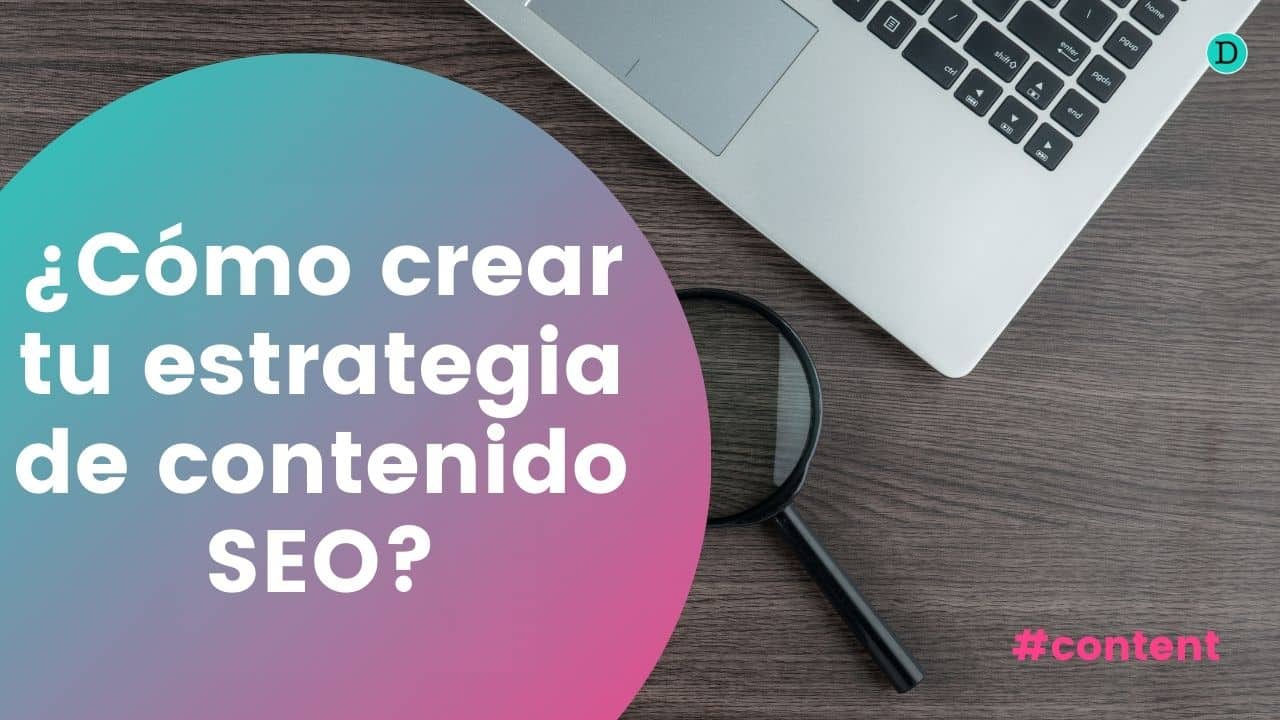Make content with ChatGPT has become part of everyday life in companies, marketing agencies and the media, especially online. Almost every day, we find new reports of journalists and editors being laid off as their workforces are replaced by this artificial intelligence tool.
Although there are other options such as Google Bard or Bing ChatThe reality is that none of them have so far managed to be as popular as ChatGPT4 nor do they respond as well to instructions.
However, ChatGPT4 is not a magic solution. While it can help us to improve SEO The fact that we are still a long way from what some firms think when they try to substitute human talent with that of the artificial intelligence.
It is true that with the ChatGPT4 plugin integrationwith the possibility of create images (in only two formats) or basic code, ChatGPT4 (or its alternatives) can help us to be more efficient and waste less time on routine or repetitive tasks.
On the other hand, it is also true that it still has many limitations. The most common when starting to use artificial intelligence is from hype to despair. Suddenly you discover that what you wanted to do, you can't do. You enter ten different instructions, ask for changes, but it always does the same thing or doesn't respond to what you want.
And the fact is that in order to be able to do content with ChatGPT you need to know how to use the promptsDo not despair and work your way up the learning curve. Also, of course, be aware of your limitations.
And helping you to achieve this is my aim with today's article, at least as far as the content generation with artificial intelligence.
How does ChatGPT and similar work?

The first concept we need to understand is the natural language processingalso known by its acronym in English, NLP. These AI content generation tools what they do is NLP. That is, they process and try to understand human language and give a response based on that.
This is a key point in understanding the limitations we will have in our interactions with these tools. The basis of ChatGPT is to understand the language and provide a "meaningful" response in the language in which you have been trained. But "meaning" does not always have to mean accuracy.
That is to say, you can say something grammatically correct that is inaccurate or even untrue. But if it is written correctly, the tool will understand it as well done.
Thus, ChatGPT4 will try to give a linguistically coherent answer and to do so it will search the data it has been trained on. If the data it has been trained on is correct, it should not give wrong information, but this is not always the case.
It should be noted that these tools have been trained with millions of parameters. Concretely, ChatGPT4 is trained on approximately 175 billion parameters.
This is done with massive data entries that are not always accurate or may be contradictory. Equally, information in English is of much higher quality than in other languages.
Thus, by using ChatGPT for SEO o contentsThe "The World Bank" should always be seen as a guide, but not as an encyclopaedia to be followed blindly. In fact, we probably have more accurate information with a Google search that by asking ChatGPT for a specific piece of information.
Limitations when creating content with ChatGPT

There are situations for which ChatGPT is perfect. For example, it can help us to write an email to a client or supplier or to summarise a complex text for a presentation. Or to create the structure of the presentation.
However, there are others where it will not help us enough. Let's look at some cases and how to solve them.
Information too long
One of the first problems any writer faces when trying to make the most of the ChatGPT4 (or its previous versions) write you an article is that, from the outset, they only write short textsThe maximum length of the text is approximately 600-700 words.
If we want to write content with ChatGPT of 1000, 2000 or 3000 words, for example, we won't be able to do it in one go. The worst thing is that if you ask ChatGPT If I ask you to expand an article from 600 words to 1,500 words, for example, it will tell you that it can do so in order to give you another option with a similar number of words.
This is important because normally ChatGPT always responds to you. He is trained for that, to respond to your request in a way that is linguistically correct, even if he gets lost in the details.
In this case, as a matter of necessary power, there is a maximum number of characters (not words) that you can have in your answers. Specifically, 4096 characters. ChatGPT can never give you a longer answer than that.
The obvious solution is to divide the text into different sections and ask you to fill in the sections, with a certain maximum number of words or characters but less than the maximum.
However, there is another limitation to be aware of here: ChatGPT4 can only take into account a conversation context of approximately the last 3 000 words of the current interaction.
That is to say, you can't ask him to take into account what you have talked about (or has generated itself before) if the amount of text is very large. This is crucial to use ChatGPT4 well.
Content with erroneous or false information
It seems to me to be the most important consideration in doing so. content with ChatGPT or similar. Much of the concrete and specific information it gives you is false.
Let me give you an example. One of the first times I used ChatGPT to create content I was writing about Tasmania and I wanted to make a comparison between the size of the island and the closest Spanish autonomous community in terms of square kilometres.

First he told me that Castilla y Leónthen that La Rioja. Since I did not trust the data, because between Castilla y León and La Rioja there are many autonomous communities in between, I looked it up and, obviously, it was false. The correct answer was Castilla-La Mancha. He hadn't even mentioned it to me and it was a simple comparison that an AI can make in a second.
Like this one, there are thousands of other examples on the web, many of them, moreover, with a significant racial or gender bias, a product of the bias of the parameters with which it has been trained.
How to solve it? Very simple, by giving you the data. In other words, in order for him to have really given me what I needed, I would have had to give him the list of sizes. So:

In this case, for example, it doesn't make sense, because I spend more time providing the data to ChatGPT than searching for it myself, but it works for everything. In other words, if we want the content to be accurate, we should not rely on the information it already has, but on the information we put inside it.
Again, it's good for specific things and not very long, but we can't put a book in it because it's only going to take into account the last 3000 words. If we don't do it that way, don't trust what it tells you because it's probably inaccurate.
Inability to understand instructions
Finally, I would like to mention the inability to understand certain instructions. This happens very often. In fact, we have already given some examples with the maximum size or data. Entering the prompts (instructions) is not always easy and will involve constant trial and error.
A word of advice: if you see that he does not give you what you want no matter how much you repeat or rephrase the instruction, change your approach completely. Ask if he can do what you are asking him to do or what his limitations are in that regard.
This is also very relevant in the image generation. You can ask it for 640×518 pixel images, it will say it will do it for you, but it will do the closest thing it can do. This is because it is programmed to always respond.
It is smarter to first ask if it can do what we want to do or what its limitations are. In this way we will understand that can only make images in three sizes: 1024×1024, 1792×1024 y 1024×1792.
It will always answer, but you need to ask the right questions first. Depending on what we want to do, there are many tutorials on the internet that we can use as a guide.
Equally, don't be afraid to ask questions and repeat and rephrase. This is the only way to get the most out of it. It will take time at first, but it will be time you will gain the next time you need something similar.
Creating content with ChatGPT: yes or no?

Beyond how to ask, it is necessary to understand what we want to ask for. content with ChatGPT and whether it makes sense. We have already mentioned the SEO and it is a clear example, it is very difficult (if not almost impossible) to position new content generated entirely with ChatGPT.
What we can do is to help each other to cope with the writer's block and ask for ideas of structure, formulas or inspiration from which to work.
However, as of today the content generated by ChatGPT is quite evident. They repeat a lot of patterns and it requires a lot of work introducing prompts generate something that comes out of it.
You can create something decent with ChatGPT but the work it's going to take to get there will probably make it much quicker to write it straight away, at least if we have that ability. If you're a writing nerd, it's always going to be better than what you do.
Equally, we can use it to generate summaries of longer texts to serve as a basis for explanations, emails, presentations, copys for social networks and other types of content items that do not require high precision, are highly technical or are not final documents.
Ultimately, the content creation tools using artificial intelligence can help us be more productive, but only if we know how to use them. Otherwise, disaster looms.





